Stepping into the Cabaret revival at the August Wilson Theater is not your typical Broadway experience. Located on 52nd Street, you might expect to enter the familiar elegance of the theater’s grand hall, complete with marble floors and glass chandeliers. But instead, you are led through an alley next to the garages, and garbage containers bypassing the glamour in favor of a neon-lit labyrinth that immediately transports you into the Kit Kat Club—a thrilling reimagination of the theater itself.

(c) Dora Endre
Set designer Tom Scutt has completely transformed the venue. From the moment you pass through the backstage-like entrance, you are pulled in by an atmosphere that’s gritty, immersive, and slightly surreal. Velvet textures line the walls, paintings by contemporary artists hang throughout, and bars sprawl across multiple floors, giving the space the feel of an eccentric, inclusive Berlin nightclub. And the cherry on top is a literal one, you are offered complimentary cherry schnapps. Before the show even begins, the mood is set—you are not just an audience member, you are a guest at the Kit Kat Club. Welcome to Berlin!
As you enter the auditorium, the transformation continues. The stage is now a small, circular platform nestled in the middle of the space, with seating on both sides, evoking an intimate, almost voyeuristic feel. Those willing to splurge sit closest to the stage at round, 1930s-style Weimar cabaret tables, with dimly lit lamps and drinks in hand. But regardless of where you sit, the immersion is immediate. Again, wonderful job, Mr. Scutt! As the show is soon to begin, dancers and musicians appear, offering a prelude of live harmonica and violin music. The performers tease, flirt, and interact with the audience—setting the tone for the bohemian night ahead.
The cast, led by Adam Lambert as the Emcee and Auli’i Cravalho as Sally Bowles, brings new energy to these iconic roles. Lambert, replacing Eddie Redmayne in this production, commands the stage with a a playful, bold and shape-shifting performance. His Emcee is sleazy and seductive —a creature who embodies both the chaotic allure of the Kit Kat Club and the growing darkness of the era. His is a classic take on the famous role, unlike Redmayne’s who embodied the creepy ghost of Berlin itself. Lambert’s voice is, as expected, a highlight of the show. One word: WOW! His ability to balance playful, light-hearted songs with more haunting, introspective numbers adds layers to his character, especially in the second act when the cabaret world begins to unravel under the weight of Nazi Germany.

Cravalho, taking over from Gayle Rankin, brings a fresh interpretation to Sally Bowles. At just 23, she brings a youthful, wide-eyed quality to the role, which, while at odds with the character’s world-weariness, adds a touching naivety. Her vocal performance is powerful, her voice reaching the furthest corners of the theater. However, she’s still growing into the role—her Sally is sometimes more hopeful than hardened, and seems to be fresh out of high school and a notch too doll-like.
Supporting performances from the legendary Bebe Neuwirth as Fraulein Schneider and Steven Skybell as Herr Schultz deliver some of the show’s most memorable moments. Their love story is a bittersweet thread that adds humanity and depth to the production, contrasting with the burlesque flash of the Kit Kat Club. Neuwirth and Skybell’s chemistry is palpable, grounding the show in a quieter, yet no less affecting, reality.
Director Rebecca Frecknall’s staging is exceptional. Known for her work at the Almeida Theatre and at the National Theatre, she manages to seamlessly blend naturalistic scenes with bold, expressionistic moments. Think: the scene where Herr Schultz’s store is destroyed by the Nazis. The minimalist set, which often strips away elaborate props in favor of focusing on the performers themselves, keeps the audience’s attention on the emotional core of the story. There is no fluff needed here. The transition from the vibrant, bohemian world of the first act to the darker, more oppressive tone of the second is done with subtle precision, pulling the audience deeper into the creeping sense of dread. Frecnknall’s forte lies in the most naturalistic scenes though, think: the Pineapple Scene, for instance. They are simple, symbolic, moving and blocked with finesse and care.
Lighting designer Isabella Byrd deserves praise for her work, which evokes the stark contrasts of German Expressionist cinema. Her use of shadows and light creates an atmosphere that feels both timeless and eerily contemporary. Whether it’s a bright, gaudy spotlight during a cabaret number or the harsh, cold lighting of the Nazi era creeping in, the lighting adds to the show’s storytelling in a way that is impossible to ignore. Julia Cheng’s choreography is sharp, edgy, and utterly engaging. The dancers embody the chaotic energy of the Kit Kat Club, their movements shift between controlled precision and wild abandon. Whether they are performing elaborate routines or simply moving among the audience in the intervals, their presence makes you feel part of the action.
In the second act, Lambert’s Emcee, previously a figure of sleazy charm, transforms into something far more chilling—a sinister reflection of the political unrest brewing outside the Kit Kat Club. His stillness during certain scenes, juxtaposed with his previously animated performance, is deeply unsettling – and surprisingly: those are his strongest moments on stage.

Adam Lambert. (c) Julieta Cervantes
In short, this Cabaret revival manages to balance the exuberant and the grotesque, the playful and the tragic, just as the original (John Kander, Fred Ebb, Joe Masteroff and John Van Druten) intended. It is immersive, provocative, and ultimately, a haunting reflection on a time that feels all too relevant today. In here, life is beautiful, mais pas?
~ by Dora Endre ~


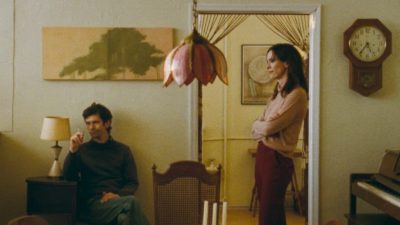
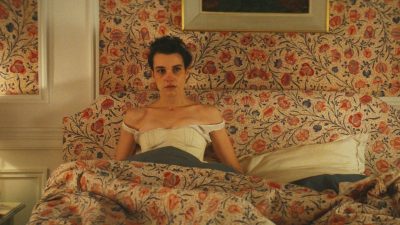
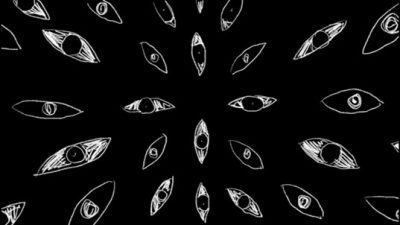
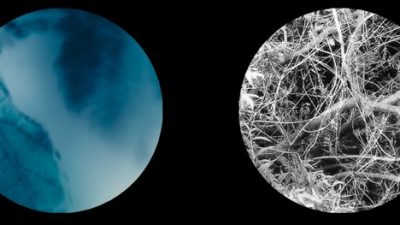













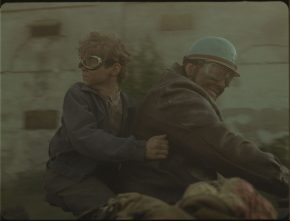
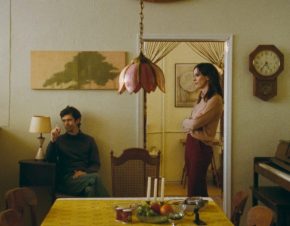



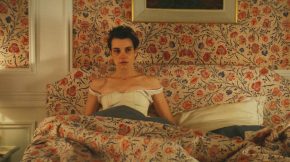
Comments